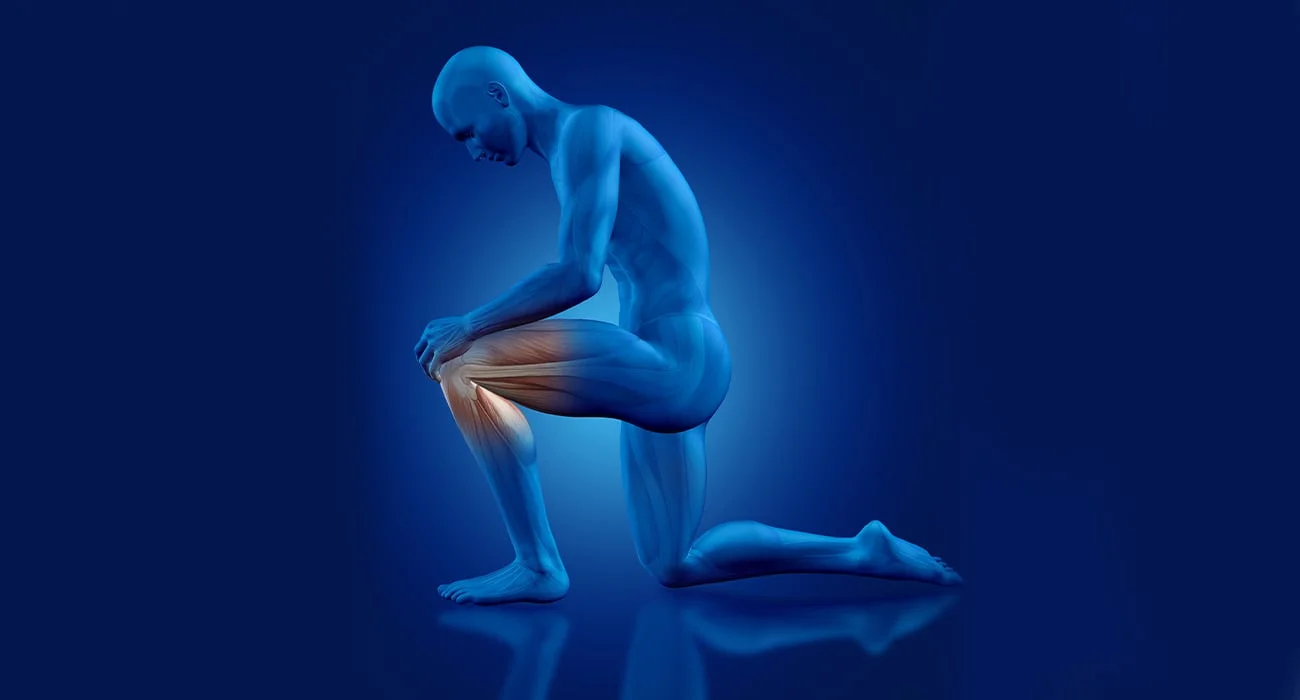Meniscus Tear

Before answering the question of what is a meniscus tear, we need to understand what meniscus is.
Menisci are cartilaginous structures located inside the knee joint to reduce the friction between the thigh and shin bones and to transfer the body load into the knee. They resemble the letter C in shape; There are two of them inside the knee joint, one on the inside and one on the outside.
Meniscus tears occur in two different ways. In the younger group, rupture may occur after a trauma, that is, a blow. In the elderly, simple twists and sprains on the knee may occur as a result of the weakening and aging of the structures of the menisci, just as the structures in our entire body wear out.
In the elderly group, the destruction of the knee joint cartilage and the emergence of what we call calcification among the public increases the load on the meniscus. The meniscus, which has already lost its structural properties, can be torn with very simple blows.
What are the symptoms of meniscus tears?
When meniscus tears occur, patients usually feel sudden pain, stinging or tearing. Depending on which meniscus is torn, the pain is more pronounced on the inner or outer part of the knee. Within a few hours, swelling occurs in the knee joint due to fluid or blood accumulation in the knee. It is usually possible to step on the injured knee, but there is limping and athletes often have to quit the sport. If the injury is severe, meniscus tears may also be accompanied by ruptures of the cruciate or lateral ligaments of the knee joint. In this case, symptoms such as insecurity and feeling of emptiness in the knee may also occur. Sometimes the torn meniscus piece gets stuck between the bones forming the knee joint and prevents knee movement. In this case, known as locked knee, early surgical treatment is required.
As time passes, the widespread pain in the knee decreases and becomes a point on the relevant meniscus. Pain occurs especially during sudden turns and squatting. Torn meniscus pieces can get between the joint surfaces and cause symptoms such as catching and locking in the knee. This may also cause crunching-like sounds that were not present in the knee before.